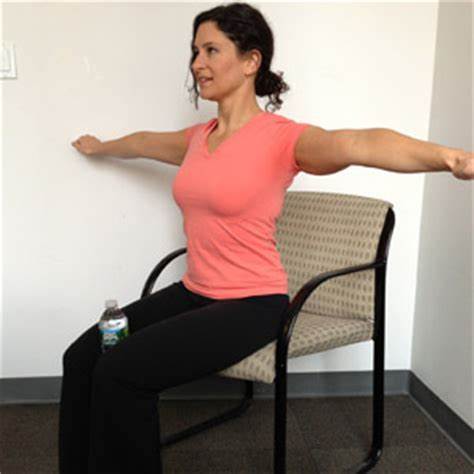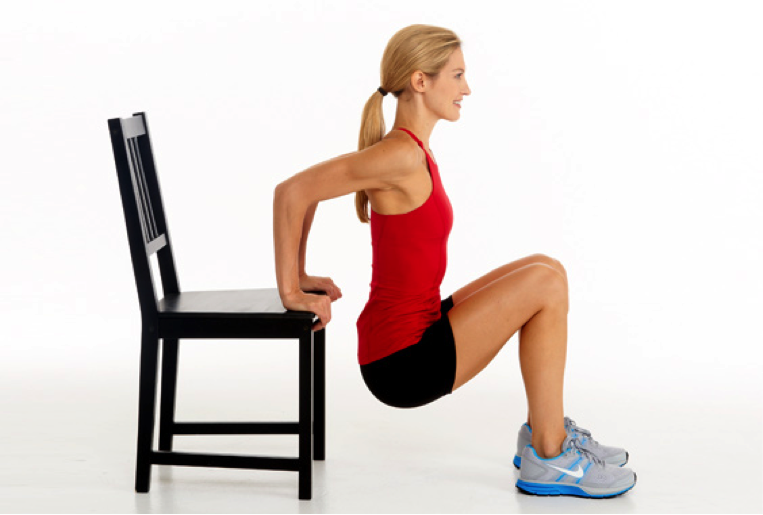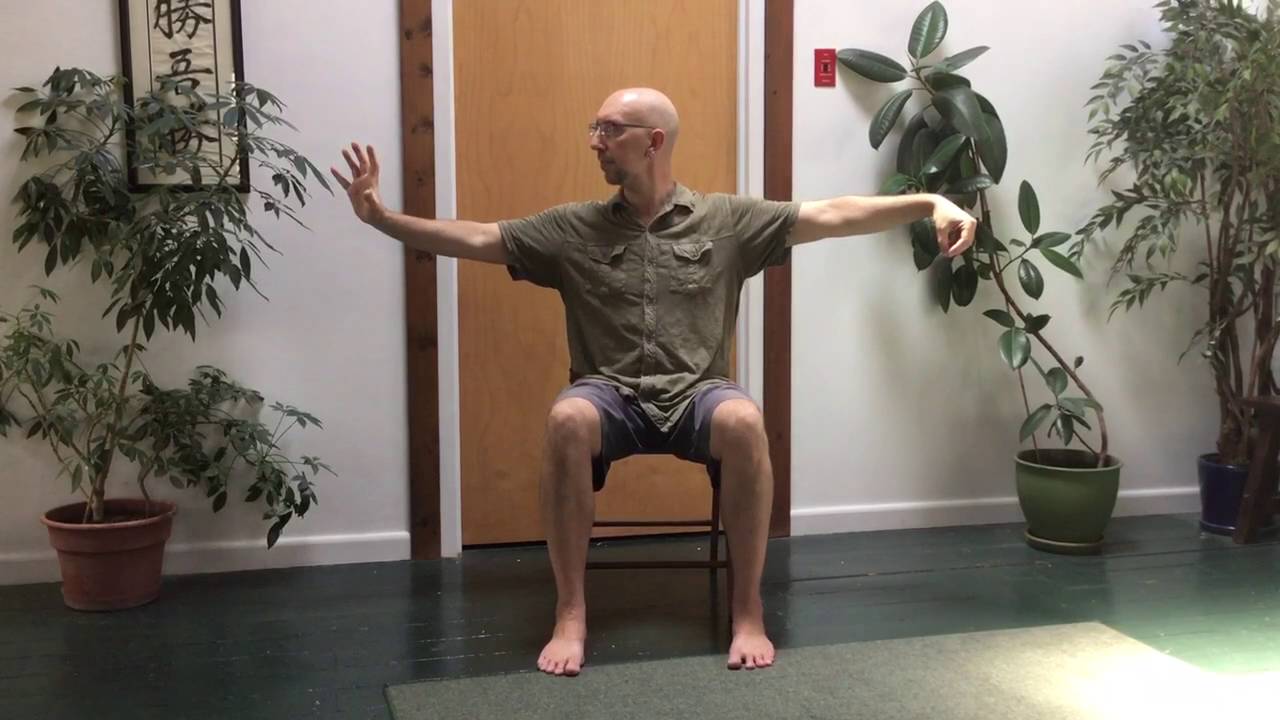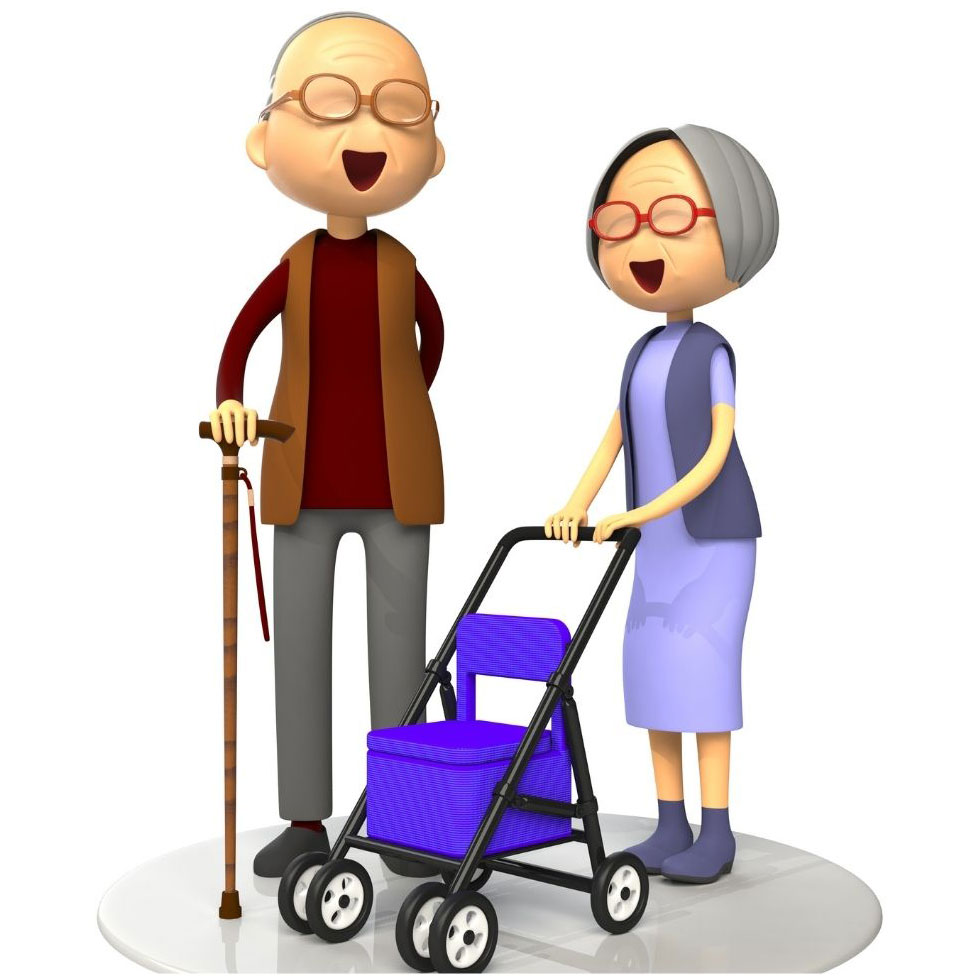Picture yourself comfortably seated, breaking into a sweat, heart pumping, and muscles working—all from your chair. That’s the reality I bring to you at Elderly Independence, where chair exercises for the elderly take center stage. Imagine the freedom of staying fit and active without standing long hours or struggling with difficult exercises. I’m an expert with years of experience, and I’ve seen the transformation that chair exercises can offer seniors firsthand. So, if you’re an elderly individual looking for low-impact, safe exercise options, or a caregiver seeking gentle ways to keep your loved ones active, you’ve found the right guide.
See How Easily You Can Get Chair Exercises
What Are Chair Exercises For Elderly Individuals?
What

Chair exercises are exercises that are performed while sitting on a chair or using a chair for support. They are designed to be low-impact, which means they are less stressful on the joints and muscles, making them a safe option for elderly individuals. Chair exercises can also be modified to suit different fitness levels and physical abilities, making them accessible to everyone.

Examples Of Chair Exercises For Elderly Individuals
Examples
There are many different types of chair exercises that elderly individuals can perform. Here are a few examples:

- Arm circles: Sit upright on a chair with your feet flat on the ground. Extend your arms out to the side at shoulder height, and make small circles with your arms.
- Leg raises: Sit upright on a chair with your feet flat on the ground. Lift one leg up as high as you can, then lower it back down. Repeat on the other leg.
- Seated marches: Sit upright on a chair with your feet flat on the ground. Lift one knee up as high as you can, then lower it back down. Repeat on the other leg.
- Toe taps: Sit upright on a chair with your feet flat on the ground. Lift one foot up and tap your toes on the ground, then lift the other foot and tap your toes.

Advantages Of Chair Exercises For Elderly Individuals
Tip1
- Low-impact: Chair exercises are low-impact, which means they are easier on the joints and muscles.
- Safe: Chair exercises can be modified to suit different fitness levels and physical abilities, making them a safe option for elderly individuals.
- Convenient: Chair exercises can be done anywhere, anytime, with minimal equipment.
- Improves flexibility: Chair exercises can improve flexibility and range of motion.
- Builds strength: Chair exercises can build strength and improve muscle tone.

Safety Precautions For Chair Exercises
Safe

Before starting any exercise program, it’s important to consult with a doctor, especially if you have any pre-existing medical conditions. Here are some other safety precautions to keep in mind:
- Start slowly: Begin with a few minutes of chair exercises per day, and gradually increase the duration and intensity over time.
- Use proper form: Make sure you are using proper form when performing chair exercises to avoid injury.
- Stay hydrated: Drink plenty of water before, during, and after chair exercises.
- Listen to your body: Stop exercising if you experience pain, dizziness, or shortness of breath.

Getting Started With Chair Exercises
Start
Before starting any exercise program, it’s important to warm up to avoid injury. Here are some examples of chair exercise warm-ups:
- Arm circles: Sit upright on a chair with your feet flat on the ground. Extend your arms out to the side at shoulder height, and make small circles with your arms.
- Neck stretches: Sit upright on a chair with your feet flat on the ground. Gently tilt your head to one side, hold for a few seconds, then tilt to the other side.
- Shoulder shrugs: Sit upright on a chair with your feet flat on the ground. Shrug your shoulders up to your ears
- and hold for a few seconds, then release.
Once you’ve warmed up, you can start incorporating chair exercises into your routine. It’s important to start gradually and increase the duration and intensity over time. Here are some tips for getting started:
- Choose a variety of exercises: Mix up your exercises to work different muscle groups and prevent boredom.
- Use household items as props: You can use household items like cans of food or water bottles as weights to add resistance to your exercises.
- Monitor your progress: Keep track of the duration and intensity of your exercises to monitor your progress and stay motivated.

Chair Exercises For Different Body Parts
Parts

Chair exercises can be tailored to target specific areas of the body. Here are some examples of chair exercises for different body parts:
Chair Exercises for Arms and Shoulders:
- Triceps dips: Sit on the edge of the chair with your hands next to your hips. Slide your bottom off the chair and bend your elbows, lowering your body towards the ground. Push back up to the starting position and repeat.
- Bicep curls: Hold a weight in each hand and sit with your feet flat on the ground. Curl the weights towards your shoulders, then lower them back down.
Chair Exercises for Legs and Hips:
- Knee lifts: Sit upright on the chair and lift one knee up towards your chest, then lower it back down. Repeat on the other leg.
- Leg extensions: Sit upright on the chair and extend one leg out in front of you, then lower it back down. Repeat on the other leg.
Chair Exercises for Back and Core Muscles:
- Seated twists: Sit upright on the chair with your feet flat on the ground. Twist your upper body to one side, holding onto the back of the chair for support. Twist to the other side and repeat.
- Abdominal crunches: Sit on the edge of the chair with your hands behind your head. Lean back slightly and lift your chest towards your knees, then lower back down.
Chair Exercises for Overall Fitness:
- Seated jumping jacks: Sit upright on the chair and alternate lifting your legs up and down, while raising and lowering your arms.
- Seated marching: Sit upright on the chair and alternate lifting your knees up and down, as if you are marching.

Chair Exercises For Special Needs
Need

Chair exercises can be modified to suit individuals with special needs, such as limited mobility, joint pain, balance issues, or chronic illnesses. Here are some examples of chair exercises for special needs:
- Chair yoga: Chair yoga is a modified form of yoga that is done using a chair for support. It can be beneficial for individuals with limited mobility or joint pain.
- Seated tai chi: Tai chi is a low-impact exercise that can improve balance and reduce stress. It can be modified for individuals with balance issues or chronic illnesses.

Frequently Asked Questions
FAQ
Can chair exercises help with arthritis pain?
Yes, chair exercises can be beneficial for individuals with arthritis pain. Low-impact exercises like chair exercises can help reduce pain and stiffness in the joints, while also improving flexibility and range of motion.
Can chair exercises help with balance issues?
Yes, chair exercises can help improve balance and reduce the risk of falls. Exercises that target the legs and core muscles, such as leg lifts and seated twists, can help improve stability and balance.
Can chair exercises be done at home?
Yes, chair exercises can be done at home with minimal equipment. All you need is a sturdy chair and, optionally, some household items like cans of food or water bottles as weights. Chair exercises can be easily incorporated into your daily routine and can be tailored to your fitness level and physical abilities.

Conclusion
Tip2
Chair exercises for the elderly have the power to redefine what it means to stay active and healthy in old age. Having helped numerous seniors improve their fitness and maintain an active lifestyle through chair exercises, I can assure you of the benefits and safety of these workouts. You can trust that the techniques and recommendations shared here are not only beneficial but also safe, with your health and well-being always our top priority. So, take a seat, start exercising, and join us in reshaping the narrative of fitness and aging







